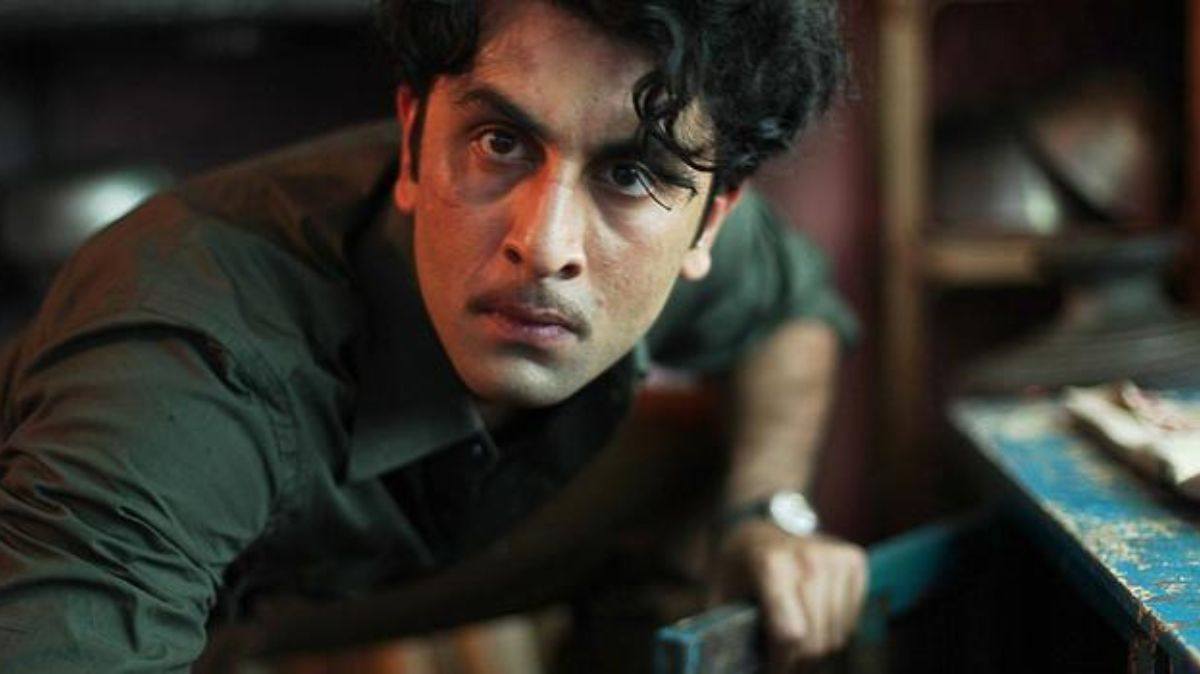“Bombay Velvet,” a film directed by Anurag Kashyap and headlined by the trio of Ranbir Kapoor, Anushka Sharma, and Karan Johar, was envisioned as a period crime drama encapsulating the vibrancy and complexities of 1960s Bombay. With sky-high expectations and a significant budget, the movie arrived on the big screen amidst tremendous anticipation but encountered several stumbling blocks that hindered its success.
‘Bombay Velvet’ (2015) Plot Summary
“Bombay Velvet” is a period crime drama set against the backdrop of 1960s Bombay (now Mumbai). The film follows the journey of Johnny Balraj, played by Ranbir Kapoor, an ambitious street fighter with dreams of making it big in the city. Johnny’s aspirations lead him into the murky world of crime, where he becomes involved with influential figures and underworld elements.
He crosses paths with Rosie Noronha, portrayed by Anushka Sharma, a jazz singer who becomes a pivotal figure in Johnny’s life. Their relationship intertwines with the ambitions of Kaizad Khambatta, played by Karan Johar, a manipulative media mogul with his own ulterior motives.
As Johnny and Rosie navigate the complexities of their personal and professional lives, they find themselves entangled in a web of deceit, power struggles, and betrayal. The film delves into themes of ambition, love, corruption, and the underbelly of the city, portraying the tumultuous journey of these characters against the backdrop of a rapidly changing Bombay.
Amidst lavish settings, intricate plots, and morally ambiguous characters, “Bombay Velvet” explores the darker facets of ambition and the price one pays for chasing dreams in a city brimming with opportunities and dangers. The narrative unfolds with twists and turns, showcasing the rise and fall of characters in a world driven by power, crime, and the allure of success.
Possible Reasons Behind the Failure
Firstly, the film’s undoing was largely attributed to its extravagant production costs. “Bombay Velvet” spared no expense in recreating the era with detailed set designs, opulent costumes, and an extensive production scale. The massive budget, while instrumental in crafting the lavish aesthetics, inadvertently placed an enormous burden on the film’s commercial viability. The pressure to recoup such substantial expenditures solely through box office returns was an uphill challenge.
Moreover, despite its visual allure, the movie grappled with fundamental issues in execution and editing. Pacing inconsistencies, a convoluted plotline, and uneven editing hindered the narrative’s coherence, failing to captivate the audience. The intricate storyline, while ambitious, lacked the necessary depth and failed to forge a meaningful connection between the viewers and the characters.
The film’s marketing strategy fell short of effectively communicating its essence to the audience. The promotional efforts struggled to convey the film’s genre and narrative, resulting in confusion and disconnect between audience expectations and the actual content. This disparity diminished its appeal among the masses, failing to generate the desired buzz and anticipation.
Critics’ reviews further contributed to the film’s downfall, offering a mixed bag of opinions. While some lauded its ambitious vision and visual aesthetics, others criticized its flawed screenplay, erratic pacing, and absence of a cohesive narrative. This divergence in critical reception created uncertainty among potential audiences, impacting the film’s box office prospects.
Adding to its woes, “Bombay Velvet” faced fierce competition upon release. Its clash with other successful movies fragmented audience attention and divided ticket sales, making it challenging for the film to stand out amidst the crowd.
In essence, the convergence of exorbitant production costs, narrative shortcomings, marketing discrepancies, mixed critical reviews, and tough competition collectively thwarted “Bombay Velvet’s” aspirations of box office triumph, resulting in its unfortunate commercial failure.
Verdict
“Bombay Velvet,” a cinematic endeavor set against the backdrop of 1960s Bombay, exudes visual opulence and ambitious storytelling. Anurag Kashyap’s directorial vision brings forth a tapestry of vibrant yet gritty landscapes, immersing audiences in the city’s raw essence.
The film, a canvas splashed with ambition and promise, stars Ranbir Kapoor as the driven yet flawed Johnny Balraj, navigating the treacherous corridors of power and crime. Kapoor’s portrayal captures the nuanced layers of a character ensnared in a tumultuous quest for success.
Anushka Sharma as Rosie Noronha injects the narrative with a seductive allure, her character’s journey entwined with Johnny’s amidst a backdrop of jazz and clandestine dealings. Karan Johar’s portrayal of the cunning media mogul Kaizad Khambatta is a captivating departure from his usual on-screen persona, infusing the narrative with intrigue and manipulation.
Despite its sumptuous visual palette and stellar performances, “Bombay Velvet” falters in its execution. The film grapples with pacing inconsistencies and a convoluted plot, making it challenging to fully immerse oneself in the intricacies of the storyline. The ambitious narrative falls short of delivering a cohesive and engaging experience, leaving audiences grappling with disconnected threads and unfulfilled promises.
While the film’s artistic grandeur is unquestionable, its meandering storyline and narrative shortcomings prevent it from reaching the echelons of greatness. “Bombay Velvet” stands as a testament to ambition marred by flawed execution, ultimately failing to deliver the impactful cinematic experience it aspired to achieve.











